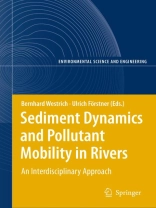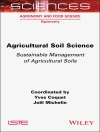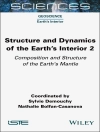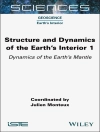1 “Sediment management requires a solid mix of pragmatism and sound science” The actual discussion on the role of sediments in the European water legislation is a typical example, how the development of environmental policies mixes legal requirements with socio-economic aspects, issues of technical feasibility, and sci- 2 entific knowledge . In fact, the Sixth Environmental Action programme of 2001 has stipulated, namely, that “sound scientific knowledge and economic assessments, reliable and up-to-date environmental data and information, and the use of indi- tors will underpin the drawing up, implementation and evaluation of environmental 3 policy” . In the ten chapters of this book, a broad set of practical process knowledge is p- sented, comprising simulation techniques, laboratory and in-situ studies on the int- action between biological, chemical and hydrodynamic factors as well as models, for solving combined quality and quantity problems of riverine sediments. The und- lying research on various types of particulate matter, risk analyses and problem – lutions will also contribute to the implementation of the Soil Strategy and – in p- ticular – Marine Strategy Directive in Europe.
Innehållsförteckning
Managing River Sediments.- Hydrodynamics.- Transport Modeling.- Catchment Modeling.- Sediment-Water Interactions.- Transport Indicators.- Fine Sediment Particles.- Microbial Effects.- Sediment Toxicity Data.












